Changing Customer Habits
The single most consistent factor in the entire retail equation is “The Customer.” Everything may change. Cycles come and go. Prices and geography have less to do with customer habit than an innate and intuitive sense of what they like. Projecting an image that clearly spells out who you are and what you represent is the singular issue to customers. You must en-compass signage, lighting, color and display to create a lasting impression the first time customers see you. Their perception of your position in their lives from necessity to frivolity is guided by their instant visual evaluation.
Retailing: Past, Present, Future
Stores that have lasted through the decades have set a visual merchandise niche for themselves. In some manner, they have shaped customer buying habits. They come from all types of selling.
All visual elements applied to a cohesive merchandise plan must be used to change customer shopping habits. It is more than selling. It is taking a position that uses imagery in one form to alter an accepted habit. From signage and materials to lighting and presentation, stores have actually set aside previous biases. The designs and ambiance can guide customer interpretation by visual perception.
What are customers thinking today? What are their predictable habits? How can retailers see clearly what customers are saying so they can shape sales? Today’s customers are different than their mothers, sisters, friends or children. Their choices and acceptances are flighty. And so it is with retailers. Today’s “young visionaries” of retail are tomorrow’s “old guard.” However, there are a few stores from my business lifetime that have been steady in winning the market share game. They do not cater to the same customers; rather, they appeal to both extremes of the retail price spectrum.
The Adapting Retailer
My personal perspective on what is happening includes the very meaning and position of retailers. The word “retailer” has taken on wider meanings. Now it encompasses banks, which call their branches “retail outlets.” The growth of convenience stores and specialty supermarkets points to new forms of space usage and product delivery that reflect current lifestyles. Only a few have staying power. Some find new ways to adapt their offerings, staying fresh for a new generation. Some find ways to shape each generation and maintain customers of different generations. This is true for all categories of merchandise.
The reasons for the growth of some stores within a shrinking retail market can be explained using the same principles from one to the other:
- Limited Brands found a gold mine in Victoria’s Secret and has continued to grow the concept and the product offering.
- Anthropologie/Urban Outfitters has staked out a lifestyle for young, street-savvy shoppers. Retailers from around the world introduce new stores and styles that replace what’s here.
- Lush from the United Kingdom has shown how to use images that evoke freshness. It has created a simple atmosphere for selling well-packaged, expensive body care products.
- H&M from Sweden brings on the philosophy that “speed of change” equals fashion.
- Zara and Mango, both from Spain, are bringing new standards of design to delivery of fashion.
- Kohl’s has taught the value of keeping all the key items of key manufacturers in stock at a discount.
- Grungy, inner-city places have become the birthing ground of fashion icons. Cement-chic Jeffrey now sells high-end lines at full price in New York City’s meat market area, and many others are joining the company.
Shaping Perception
The coveted ambiance that evokes style, price and value in the manner the vendor wishes forms a customer’s habits. The sophisticated levels of store acceptance from boutique to hypermarche give a myriad of impressions for today’s woman to interpret. Shops even use images from one another to blur the image. But make no mistake about the importance of one issue to all customers do they feel smart when seen shopping in your space?
Well-merchandised physical space determines branded image and signature. The store is a visual playground that changes perception of value and status even with the exact same product. It makes little difference what the product is. Put commodity items in a fashion surrounding where they are in short supply, and the price perception exceeds the value; put designer clothing into a true outlet, and the value rises without diminishing the style. Customers are swayed by very subtle signals.
When luxury items are thought of as a commodity and when basics garner style status, the image of “smart buying” is fostered. You don’t have to look far to see excellent examples of the way stores meet customer expectations and are able to make a profit many multiples higher than the competition. Stores such as Gap, Limited Brands, H&M, Lush, Sephora, ABC Carpet & Home and Anthropologie/Urban Outfitters have really hit the mark when it comes to developing a niche and holding their own in merchandising to change customer habits.
I have been in business for more than four decades. Few stores remain that continue upward trending and retain the same name and distinct image. There are several non-U.S. stores, but the ones I know best are Neiman Marcus, Crate & Barrel, Wal-Mart, Target and the most inspirational designer/retailer to come along Ralph Lauren.
Wanting More Control
I have had several experiences with product manufacturers and designers who wanted more control of their retail spaces. The mix of multi-labeled selling areas became the key identity issue. New presentation systems were made for different lines. Department stores contracted the hottest lines and put them side by side on one floor. The licensees or designers felt the need to get fast, measurable results on the merchandise by itself. They tested these ideas in stores directly under their control.
Along came a new breed of specialty stores designer labels, signs and staff. The question was, “How would they be as retailers?” Would they think about product timing as a single manufacturer or as a retailer with many manufacturing resources? Some showed the strain of supply and timing from different factories. Tops came in two weeks before the bottoms of the same fabric. The manufacturer concept of space and product is quite different from a retailer who sees turns of the entire line first and not just the product. The answers eventually did come.
No matter what the heritage, the assortment had to be presented in packages to fit a designated space. Assortments were soon configured by an agreement with the designers to fit within the store’s policy and space. Merchandise groups were made to be distributed and re-supplied in packages to fit this space. The multiple hats of manufacturer, designer and distributor were bridged. Most of the surviving companies still in stores and freestanding spaces started with a plan that included shop design. For the first time on an international basis, the merchandise was integrated into store design and staff maintenance.
Bring On Technology
No article about retail would be complete without recognition of the newest of all the product delivery vehicles computers in the comfort of your own home. The speed and reach of the Internet was seductive enough to convert computer owners into shoppers. It sounded great when it first came to my attention. The Japanese had a company called Fresh Lady that would deliver groceries and produce to your home at a specified hour. Technology companies such as AT&T and IBM along with credit card companies and retailers all wanted a place on the Internet.
However, the cost of doing business considering delivery costs and the unusually high rate of merchandise return, plus the cost of personnel to maintain sites became prohibitive for many, including established retailers. Research, development, marketing and delivery systems taken from a cost-to-sales ratio made no sense.
Technology now holds the upper hand, but there are drawbacks. Many customers who return items purchased online are not given full repayment as they are when they return to a brick-and-mortar store. So far, after many predictions about the strength of the Internet, the total sales have not equaled the promises of 20 percent or more of total retail dollars. At this time, they are around 7 percent of total retail sales. Barnes & Noble had been profitable for almost its entire life. The year Barnes & Noble introduced Internet sales, the company’s volume went up, but it started to show losses. The profit is still made by the store locations.
To me, the purpose of the 2-dimensional computer screen is to get the viewer excited enough to come to the store and shop the entire selection in a surrounding that sells more peripheral, accessory, high-margin merchandise. The Internet provides the introduction, gives information and makes the audience feel you have something to offer. The best use for retail advertising whether on radio, television or the Internet is to stimulate the viewer to go to the marketplace, where physical, sensory contact with one item can lead to a second, higher-margin purchase.
The next area for interactivity is either at the entry of the shopping arena (giving direction to locate the product) or at the point of purchase (to give information about the product). We can never again return to the pre-Internet era, but we must learn to use technology as another tool in our arsenal of design and presentation not as its ultimate end.




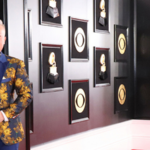

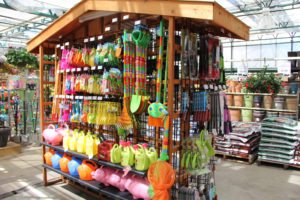

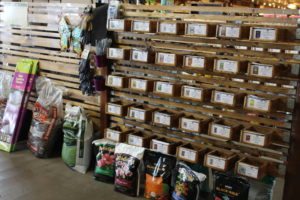
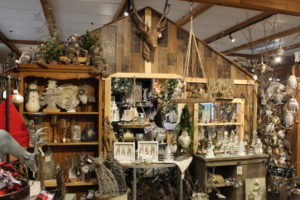

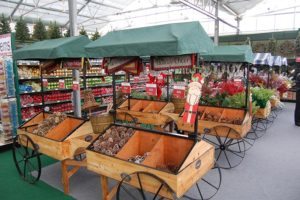
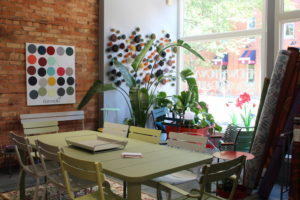
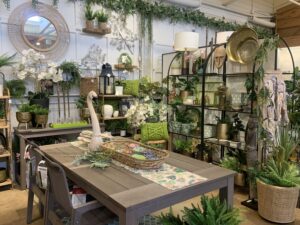

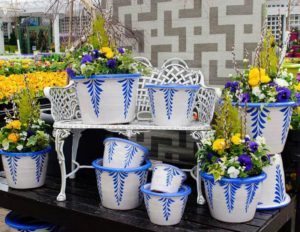
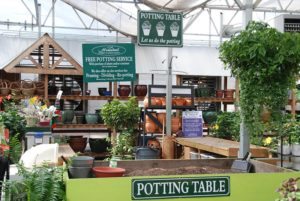
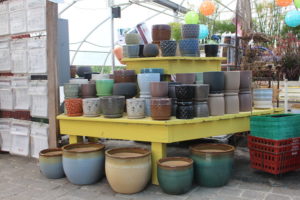
 Videos
Videos





